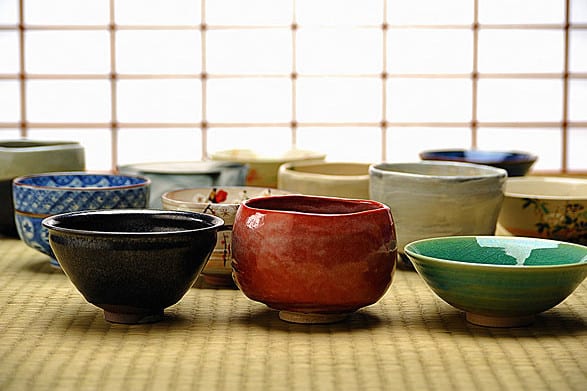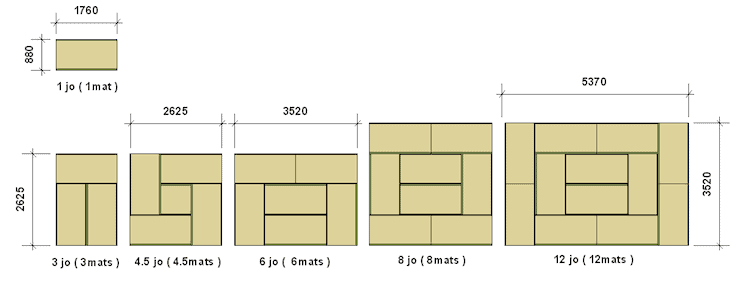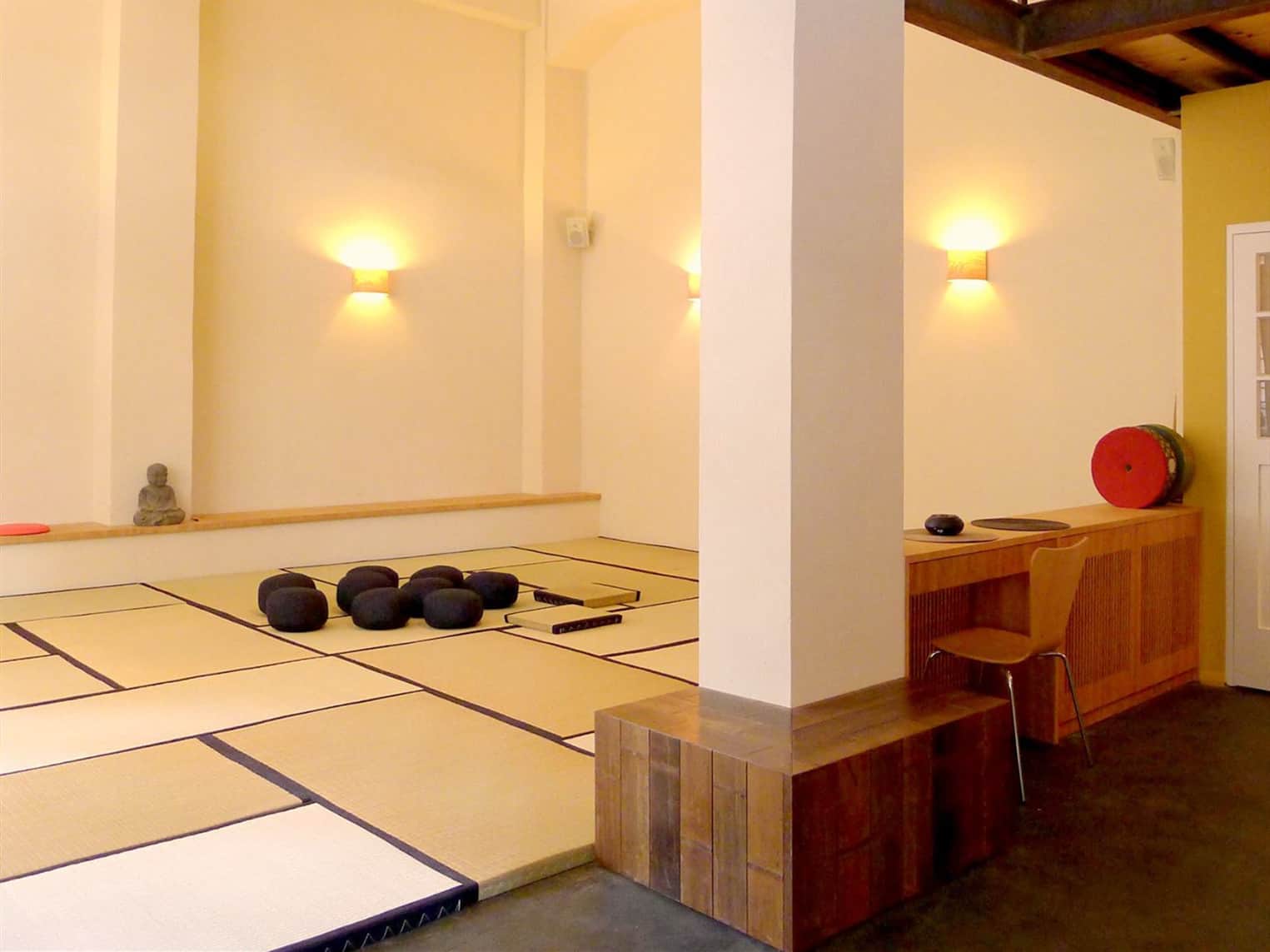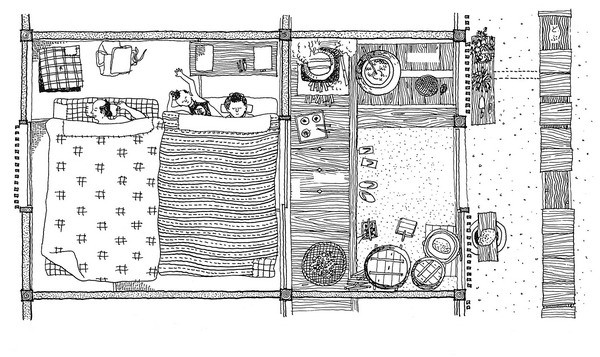Washitsu Origin
The washitsu (Japanese room) originated from the meditation halls of the Han and Tang Dynasties in China. In order to prevent the wooden buildings from being wormed and spoiled, the ancients raised the floor height, isolated the moisture generated by the ground and prolonged the service life of the house. In this building, using a layer of bamboo “筵”, which is accompanied by a “seat”. Therefore, it is called a banquet system, also known as a residence system.
By the time of the Zhou Dynasty, China had a tradition of sitting on the mat floor, and the Japanese stack was the direct inheritance of the Chinese banquet system. Until the Tang Dynasty, the residence system was rarely seen in the Chinese folk, mostly used in the meditation halls.

After the residence system was passed to Japan, Japanese continued to have a living habit of sitting on the ground and extended the overlapping seats used in bedroom to the entire suite, together with the common gray sand wall, paper sliding door, and storage etc., have evolved into the present Japanese room.
Washitsu Unit
The measurement units in washitsu (Japanese room) are very unique. Some are inherited from China, but with different definitions and uncertain values. Some units are only available in Japan. Following are the basic units of washitsu:
1. “Between”
(1). Length unit. The distance between the two columns, with no certain value, but counting by column. Now also set it at 6 feet (about 1.818 meters). When the length is confirmed, using Arabic numerals (1, 2, etc.) to indicate the number before the word “between”.
(2). Area unit. A rectangle space has an area equal to a length (m) x width (n). When the area is indicated, the numbers in front of the word “between” are marked with Chinese characters (one, two, etc.).

2. “Seat”
Area unit. Refers to the area of a tatami.
Tatami is also called “stacked”, woven with straw and sewed with brocade or black cloth. In the era when most Japanese people live in houses, tatami is a luxury item that only rich people enjoyed.
The shape and size of tatami have uniform standards but vary from region to region.
Traditional size for a tatami (1 seat): 90cm wide, 180cm long, 5cm thickness, 1.62 square meters.
Half tatami (half seat): 90 cm x 90 cm
In Japan, the typical room is calculated the number of tatami mats. The traditional store shop is designed as “five and a half” (8.91 square meters), and the tea room is often four and a half (7.29 square meters).
Tatami Layout

The number and arrangement of tatami mats are different when laying on the ground.
It is said that if the arrangement is not following Fengshui, it may bring disasters.
Tatami must not be placed in a lattice shape, and no matter how it is placed, it has to avoid three or four tatami corners put together. Because of this taboo, the area of the general room and the room are at least four and a half, otherwise there will be four corners together.

